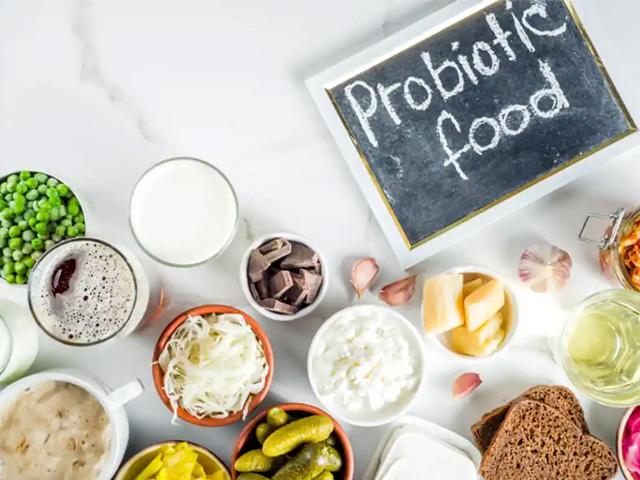
What are Probiotics What are their Benefts
There are lots and lots of microorganisms in our bodies and -thank god – most of them are peaceful and useful, thus we call them probiotics. The word is a combination of Latin “pro” (for) and Greek “biotic” (life) and combined it means “for life”.
Their task is keeping the balance of microorganisms where ever they are in the inside or on the surface body. Nowadays they are very famous thanks to their positive effects on our digestion, immunity, mood and overall physical life.
They are biologically either bacteria or yeasts but the vast majority of probiotics consist of the former.
What do probiotics do?
The human gut contains both useful and harmful microorganisms and the sum of them is called the gut microbiota. The more balanced a person’s gut microbiota diversity is the more it positively affects the health of the person. However, modern day lifestyle has dramatically changed the average human gut performance.
Probiotics can fulfill their tasks only when they can survive past the stomach. Their duties begin immediately in the microorganism community they reach. They inhibit the growth of harmful microorganisms with the acids they produce naturally.
Types of probiotics
The bacteria types that make up our microbiota are Lactobacillus, Streptococcus, Bifidobacterium and Enterococcus species and the most common yeast found in this population is Saccharomyces boulardii.
What are the benefits of probiotics?
Studies show that probiotics have huge benefits for our well-being. Simply put, we cannot event digest anything without them, and that’s just a portion of their overall benefit.
The beneficial effect of them depends on which species they are. While one species act as a regulator for diarrhea, another species can be effective in relieving constipation problem. Since each species provides a different benefit, it is important to intake probiotics from more than one source during nutrition. And when you do so, here are some problems you’re not likely to face;
- Diarrhea, gas and constipation
- Urinary tract infection
- Infections caused by yeasts
- Lactose intolerance
- Eczema
- Sepsis
Which organs make use of probiotics?
Although probiotic microorganisms are mostly found in the intestines, there are other environments in the body where they shelter and provide benefits. These are;
- Intestine
- Mouth
- Vagina
- Urinary tract
- Skin
- Lungs
- Nasal passage
Which foods contain probiotics?
Probiotics can be taken into the body through many types of foods and drinks naturally but we’re sorry, there aren’t any fast-foods in this list.
During the day, most people take probiotic-containing foods into their bodies with their normal diet. These foods stand out as yogurt and pickles that are frequently consumed. But probiotic foods are not limited to these. Many fermented foods are also rich in probiotics because the number of beneficial bacteria increases during the fermentation process. The top of the list are as follows:
- Yoghurt
- Pickles
- Kefir
- Sourdough bakery
- Parmesan, feta, gouda and unpasteurized cheddar
- Goat milk
- Buttermilk
- Kombucha tea
- Soy products
- Vinegar
When to use probiotic supplements?
The number of microorganisms in our intestines can be negatively affected by antibiotic use, exposure to stress, alcohol or malnutrition. In this case, the intestinal balance is disrupted and the person may become vulnerable to diseases. In such cases, a probiotic supplement may be recommended by a doctor. However, uncontrolled probiotic use too can do more harm than good, because the secret is “balance” as we told above, and you cannot be sure which strain of probiotic you’re running low on.
If you think that you need to take a supplement, then you should definitely consult a health specialist and use the supplement he/she prescribes. Also, you need to consume the supplement with food, not instead of food. As a final word, probiotics can boost your energy, mood and health, as long as you know how to use them.

